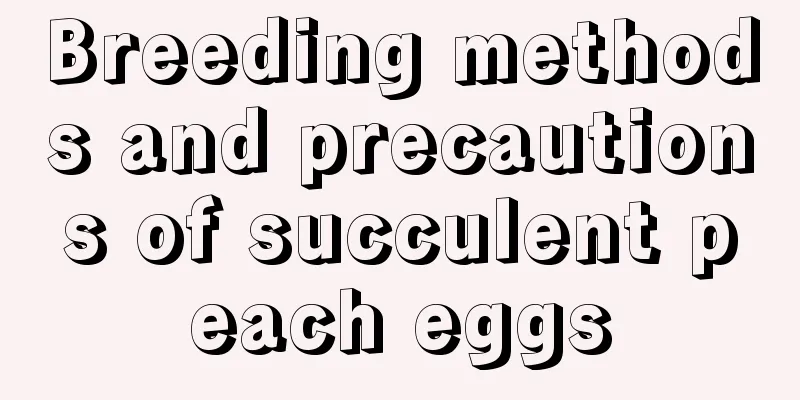Carp breeding technology and fish pond management

|
Carp has tender meat, delicious taste and rich nutrition, and is deeply loved by consumers. Carp is a bottom-feeding omnivorous fish that likes to live at the bottom of the water body and often forages in the aquatic plants on the soft muddy bottom. It has strong adaptability and vitality. Below, I will introduce carp farming technology and fish pond management , let’s take a look. 1. Fish pond selection Fish ponds should be located in places with sufficient water resources, good water quality and no pollution, with convenient transportation, and easy management and sales. The pond area is generally 3-10 acres, the water depth is 1.5-2.5 meters, the pond bottom is flat, the bottom is clay or loam, and it has good water retention. The pond needs to have a complete water inlet and outlet system to ensure that the water quality is controllable. 2. Release of fish fry Choose healthy, disease-free, and neatly sized fry, with the best length being around 5 cm. Generally, 200-300 carp fry are released per acre. If high-density breeding is adopted, 2,000-3,000 or even more fish can be released per acre. It can be raised together with other fish such as black carp, silver carp and bighead carp, with about 300 kilograms per acre, but attention should be paid to the proportion and quantity of the mixed fish. 3. Feed management Carp is an omnivorous fish and can be fed with plant-based feeds such as fish cakes, shrimps, wheat bran , and bean cakes. It can also be fed with appropriate amounts of animal-based feeds such as chironomid larvae and snails. When the water temperature reaches 10-15℃, feed 0.5%-0.8% of the fish loading amount, twice a day. Feeding needs to be adjusted flexibly according to weather, water temperature, and fish feeding conditions. 4. Water quality management Regularly monitor indicators such as dissolved oxygen, pH value, ammonia nitrogen, nitrite, etc. to ensure that water quality meets standards. Change the water regularly, maintain the water transparency at 30-40 cm, use quicklime , chlorine dioxide, etc. for disinfection and sterilization, and regularly use microbial preparations to improve the bottom quality. 5. Daily management Patrol the pond once in the morning and evening every day to observe the fish feeding and activity, and check the water color and quality. Record feeding amount, water quality changes, disease prevention and control, etc. to optimize management. Disinfect ponds and tools regularly, feed fresh feed, and avoid overfeeding. The above is an introduction to carp farming technology and fish pond management. Carp has a strong reproductive capacity and can lay tens of thousands to hundreds of thousands of eggs at a time. When farming carp, you must pay attention to fish pond management to avoid the occurrence of diseases.
|
<<: Lily planting techniques and cultivation methods
>>: Succulent cultivation skills and precautions
Recommend
What is the best month to plant radish?
When to plant radish Water radish can be sown fro...
The efficacy and function of Dendrobium officinale
Effect: Medicinal As a plant of the Dendrobium fa...
How to grow lucky bamboo to make it greener
1. Balanced nutrition If you want to make the ric...
What is the flower language of the magnolia and who should it be given to?
1. Flower Language The flower language of magnoli...
How to prune tea tree potted plants
When to prune tea trees It is best to prune the b...
How many years does it take for green jujube to bear fruit?
Introduction to planting jujube Green jujube has ...
Can roses survive when planted in the soil? Can rose cuttings survive when planted in the soil?
Roses prefer an environment with plenty of sunlig...
It depends on who you are and what kind of flowers are suitable for you.
Flowers suitable for women People often say that ...
When should Salvia miltiorrhiza seedlings be cultivated?
Salvia miltiorrhiza , a plant belonging to the La...
How to manage roses in winter?
Rose is famous for its long flowering period. It ...
When is rapeseed harvested? In which month is it harvested?
Rapeseed harvest time It takes about 60 days for ...
How to cut off the yellowing leaves of green radish
1. Trim the tip Occasionally, the tips of leaves ...
When is the best time to grow celery seedlings (celery sowing and seedling raising methods and planting time)
Celery is a general term, why? Because there are ...
The correct way to water daffodils and how to fertilize them
1. Correct way of watering 1. Frequency: Daffodil...
It is best to water roses every few days
How often should roses be watered? When growing r...









